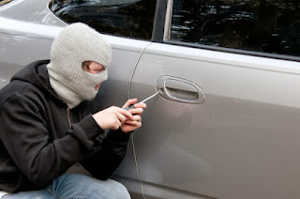EQC-funded research highlights insights on Kaikoura quake

EQC-funded research highlights insights on Kaikoura quake
22 August 2022
New research into the impact of the 2016 Kaikoura earthquake has provided engineers with vital information to help reinforce infrastructure design.
University of Canterbury researcher Ribu Dhakal says the effect of the 7.8 magnitude earthquake on buried structures and buildings was “quite significant” and “more severe than we would have historically expected”.
The Insurance Council of New Zealand Te Kahui Inihua o Aotearoa (ICNZ) attributed costs associated with the event to around $NZ2.27 billion ($2.04 billion), making it one of the country’s costliest natural disasters.
The research, funded by Toka Tu Ate – Natural Hazards Commission Earthquake Commission (EQC), has already contributed to improving geotechnical engineers’ understanding of adequate safeguards against damaging quakes.
“The port of Wellington has an extremely well-documented case history including recorded ground motions for several earthquakes within the port with detailed liquefaction observations, making it appropriate for an in-depth study of liquefaction problems,” Mr Dhakal said
“Our project is unique in that it is possibly one of the most well-documented liquefaction case history of reclaimed soils anywhere in the world.”
Mr Dhakal says the team conducted over 100 cone penetration tests within a 500-metre area at the Port of Wellington and collated soil samples for testing at the University of Canterbury’s geomechanics lab.
The research found that the liquefaction in the southern part of the harbour had been severe, resulting in some of the land experiencing more than a metre of lateral movement and settling by more than half a metre.
Mr Dhakal says the findings will improve engineers’ understanding of the region and adjust schematics to remedy weakened ground strength.
He also says that while some buildings suffered severe damage, existing liquefaction assessment methods performed “reasonably well” in most areas.
Mr Dhakal says the report has identified areas that could be better improved upon and says the next stage will look to provide further insights to offer engineers “even better modelling for future seismic events”.




